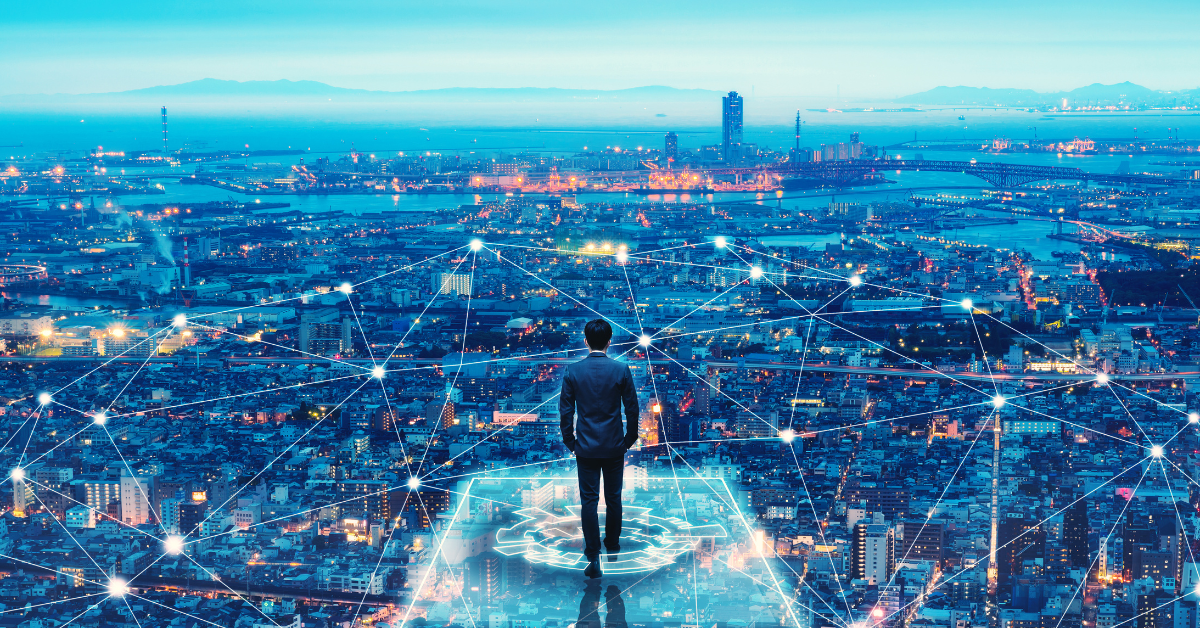Toyota has officially launched its experimental city, “Woven City.” It is designed as a living laboratory where people experience autonomous driving, AI, and robotics integrated into daily life, shaping the model for next-generation cities.
What is Woven City?
Woven City is Toyota’s vision of a “city as a laboratory for the future.” Covering about 47,000 square meters, it is built on the site of Toyota’s former Higashi-Fuji Plant.
The roads are uniquely designed with three separate lanes: one for fully autonomous vehicles, one for bicycles and personal mobility, and one for pedestrians. This design allows safety and efficiency to coexist. Unlike traditional cities where people and cars share the same space, here the flows are separated to reduce risks.
Main Areas of Experimentation
At Woven City, experiments span transportation, housing, health, and energy systems.
| Field | Experiment | Goal |
|---|---|---|
| Autonomous Driving | Testing safety and efficiency in near-real urban conditions | Reduce accidents and improve mobility |
| Infrastructure Integration | Connecting traffic lights and vehicles through a network | Ease congestion and improve emergency response |
| Smart Homes | AI-linked appliances and houses | Comfortable and energy-efficient living |
| Robotics | Robots supporting elderly care and child assistance | Welfare and daily life support |
| Healthcare | Sensors collecting physical data analyzed by AI | Preventive medicine and healthier lifestyles |
The key point is “testing in real life, not just in labs.” Woven City aims to uncover problems that cannot be seen through simulations alone.
Companies and Individuals Involved
Over 20 companies and research institutions are already participating. Global corporations, startups, and universities all contribute, making the city a hub of open innovation.
| Participant | Contribution |
|---|---|
| Major Corporations | Mobility, AI, architecture, energy |
| Startups | Innovative services and applications |
| Universities & Researchers | Medicine, environment, robotics |
| Individual Residents | Experiencing new technology and providing feedback |
By combining these diverse strengths, Woven City fosters the creation of products and services that transcend traditional industry boundaries.
The Beginning of Daily Life
Toyota employees have already moved in, and about 300 residents will gradually join.
Residents are not only citizens but also “participants in experimentation.” Daily actions such as shopping, commuting, and childcare are observed as data, directly feeding back into system improvements.
From fiscal 2026 onward, the city plans to open to the public. This could allow both Japanese and international visitors to experience future lifestyles firsthand. Short-term stay programs, similar to tourism, are being considered to make the city more globally accessible.
Words from Chairman Akio Toyoda
Toyota Chairman Akio Toyoda stated, “This is not a town but a test course for the future.” His words emphasize that Woven City is not just about building a community but about creating an experimental ground to solve global issues such as environmental sustainability, road safety, and aging societies.
The Significance of Woven City
The city’s greatest strength is its ability to gather “life-based data” that cannot be obtained in laboratories. For example, renewable energy is clean but unstable depending on the weather. At Woven City, researchers test energy storage and distributed supply systems on a citywide scale.
Robotics and AI can support the elderly, but whether people actually accept them depends on real-life experience. Here, residents’ daily use directly shapes product improvement.
| Challenge | Traditional Approach | Woven City’s Approach |
|---|---|---|
| Renewable Energy | Computer simulations | Testing energy supply and demand in a real city |
| Aging Society | Limited trials in nursing homes | Home-based support with robots and AI |
| Traffic Accidents | Tests on closed roads | Verification in residential streets with autonomous cars |
Conclusion
Woven City does not aim to be just a convenient place. Its vision is a city built on “safety, health, and sustainability.” It seeks harmony between people, technology, and nature while offering a new model of urban living to the world.
If successful, the future of cities could change dramatically. Cars will move autonomously, homes will monitor health, and energy will circulate throughout the city. Woven City is the stage for this future, a Japanese initiative drawing global attention.






